
In this edition of the newsletter, we highlight six sources of practical knowledge to help you navigate the evolving topic of material selection on future projects. All six share a common theme - a fresh look at familiar materials:
- Danish Design Center's Material Insights guidance.
- Spot Material's software for material selection.
- Circular Ecology's embodied carbon 'ICE' database.
- INCREACE project's recyclability assessment tool.
- Material Cultures at the V&A and in the Guardian.
- The Institute of Making's digital Material Library.
Danish Design Center
Material Insights
Material Insights is a new publication from the Danish Design Center, Denmark's national centre for design. The resource "encourages you to dive into eight different material categories discovering their pros, cons, potentials, relevant tools and procedures to get to know them and much more."
While some materials may be better replaced in the future, the real challenge lies in learning to care for and extend the life of what already exists — whether natural or synthetic. No material is perfect. Each has its strengths, limitations, and ideal applications. By starting to understand these nuances better, this can allow us to make more informed decisions, selecting the right materials for the right contexts and thinking about materials in a more holistic manner.
Material Insights will continue beyond the publication with a focus on product design, material use, circular strategies, and behavioural design. If you wish to be involved, contact Therese Balslev (thb @ ddc.dk).
Via Therese Balslev (Danish Design Center).
 Distributed Design Platformfablab
Distributed Design Platformfablab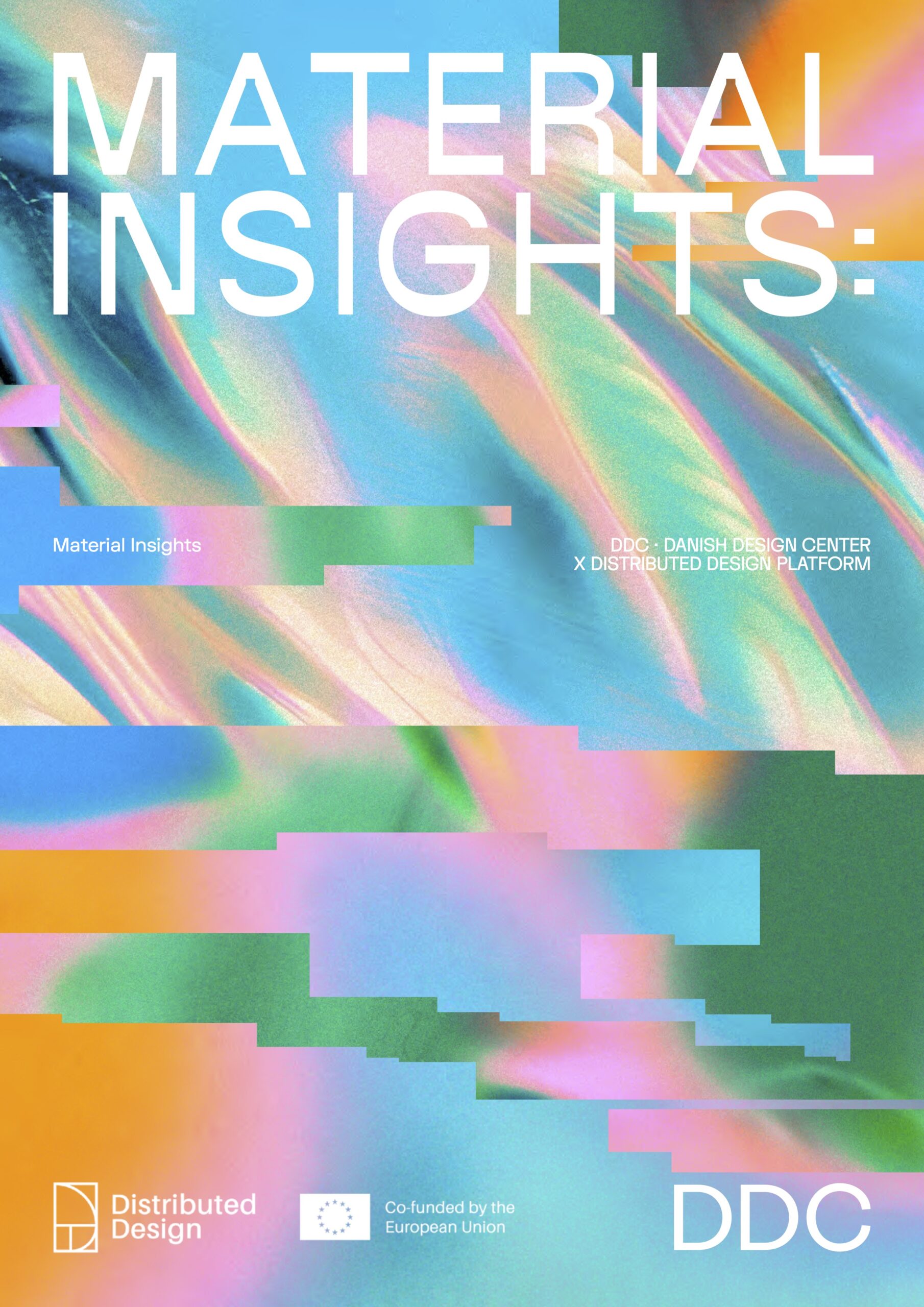

Spot Material
Database + Materials That Scream Positive Change
Spot Material (spotmaterial.com) is software that helps designers find the best materials for their projects. It combines insights from the factory floor, manufacturers, suppliers and trade fairs with sustainability concerns, carbon footprints, mechanical properties and physical attributes.
Spot Material's Rob Thompson recently published a list of alternative materials they have been championing on projects.
- PaperFoam starch packaging alternative to expanded polystyrene (EPS).
- Linolie & Pigment wood oils from flaxseed.
- Sparxell pigments (for cosmetics, paints, textiles) from plants (cellulose).
- Mogu acoustic panels from mycelium grown on agricultural residues.
- Ecopel fur from plant fibre.
- HUID home compostable packaging from waste onion skins.
- FRONT® building materials from waste (over 60% recycled content).
You can access the Spot Material software for free and upgrade to the full functionality for €240 annually (just €20 per month).
Via Rob Thompson (Spot Material).
 Spot material
Spot material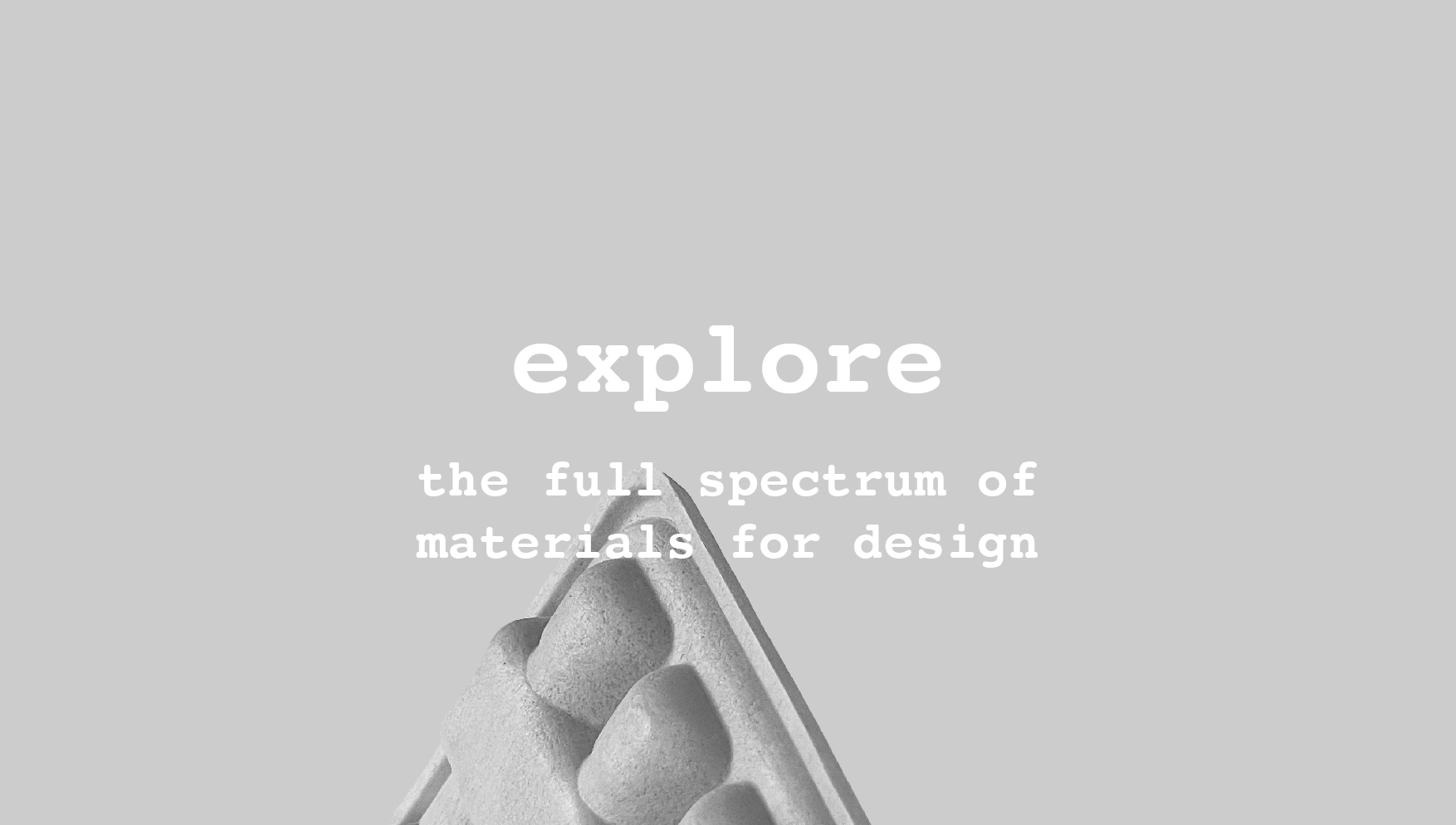
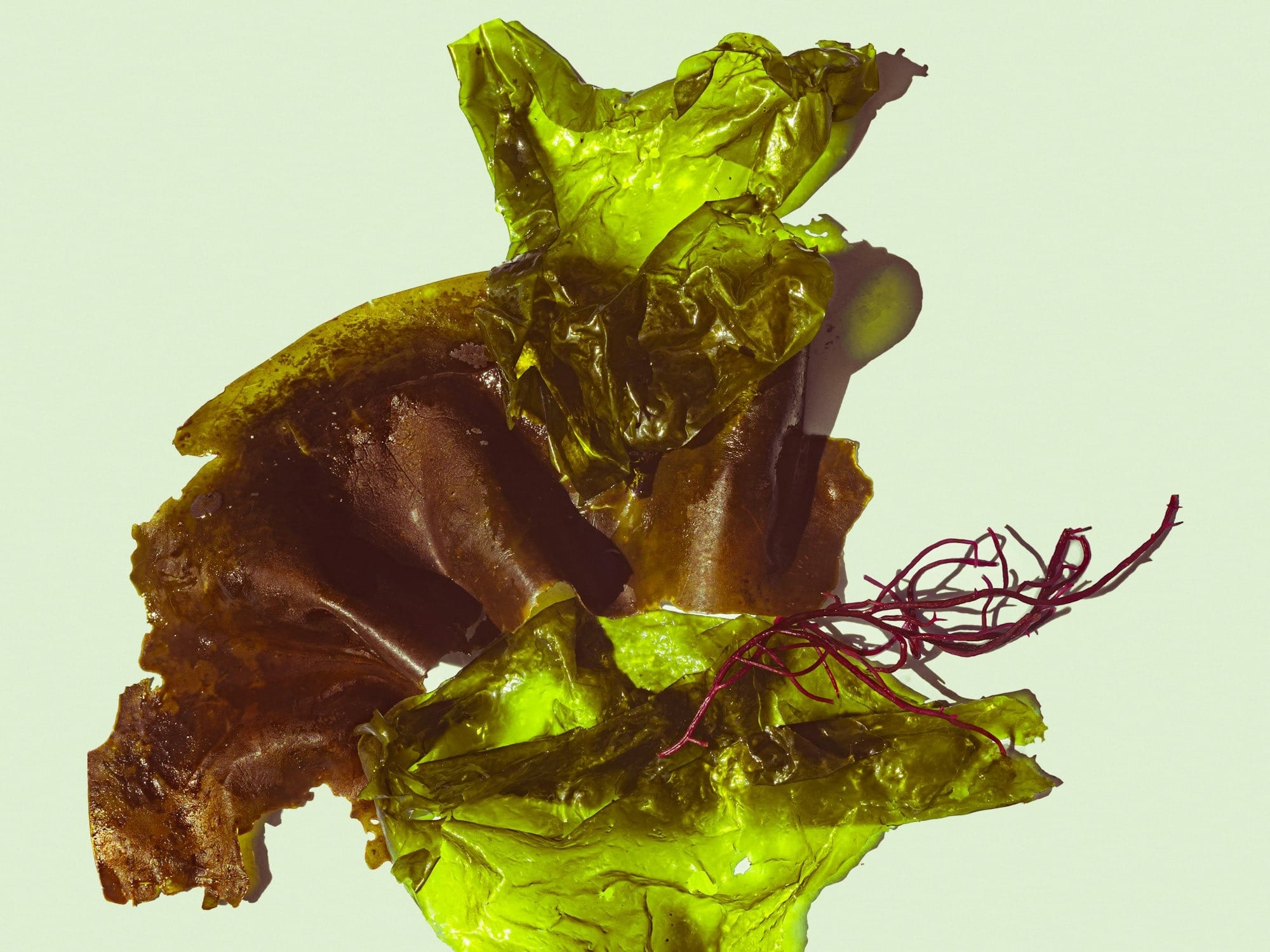
Circular Ecology
ICE v4 Database + Embodied Carbon Insights Series
Online . April 30 May 22 June 12 July 16 . 13.00 - 14.00 GMT
Circular Ecology is an environmental sustainability consultancy which publishes the Inventory of Carbon and Energy - 'ICE database' - a free source of embodied carbon data covering more than 200 materials used by 50,000 professionals.
With the release of version four of the database, the team has begun a series of five online sessions to help professionals get the most from embodied carbon data whether they are new to the data or looking to understand it better.
There are still four sessions to come in the series. They are all 13.00-14.00 GMT:
ICE Analytical Review Processes . Online . April 30 . 13:00 - 14:00 GMT
 Eventbrite
Eventbrite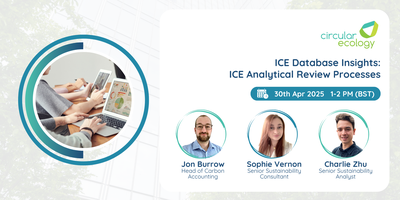
Are All EPDs Created Equal? . Online . May 22 . 13:00 - 14:00 GMT
 Eventbrite
Eventbrite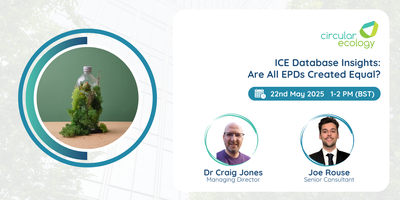
Methodological Challenges . Online . June 12 . 13:00 - 14:00 GMT
 Eventbrite
Eventbrite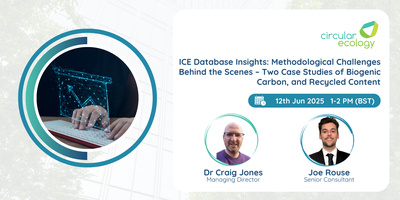
Appropriate Use of Generic Data . July 16 . 13:00 - 14:00 GMT
 Eventbrite
Eventbrite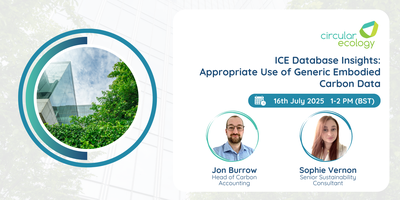
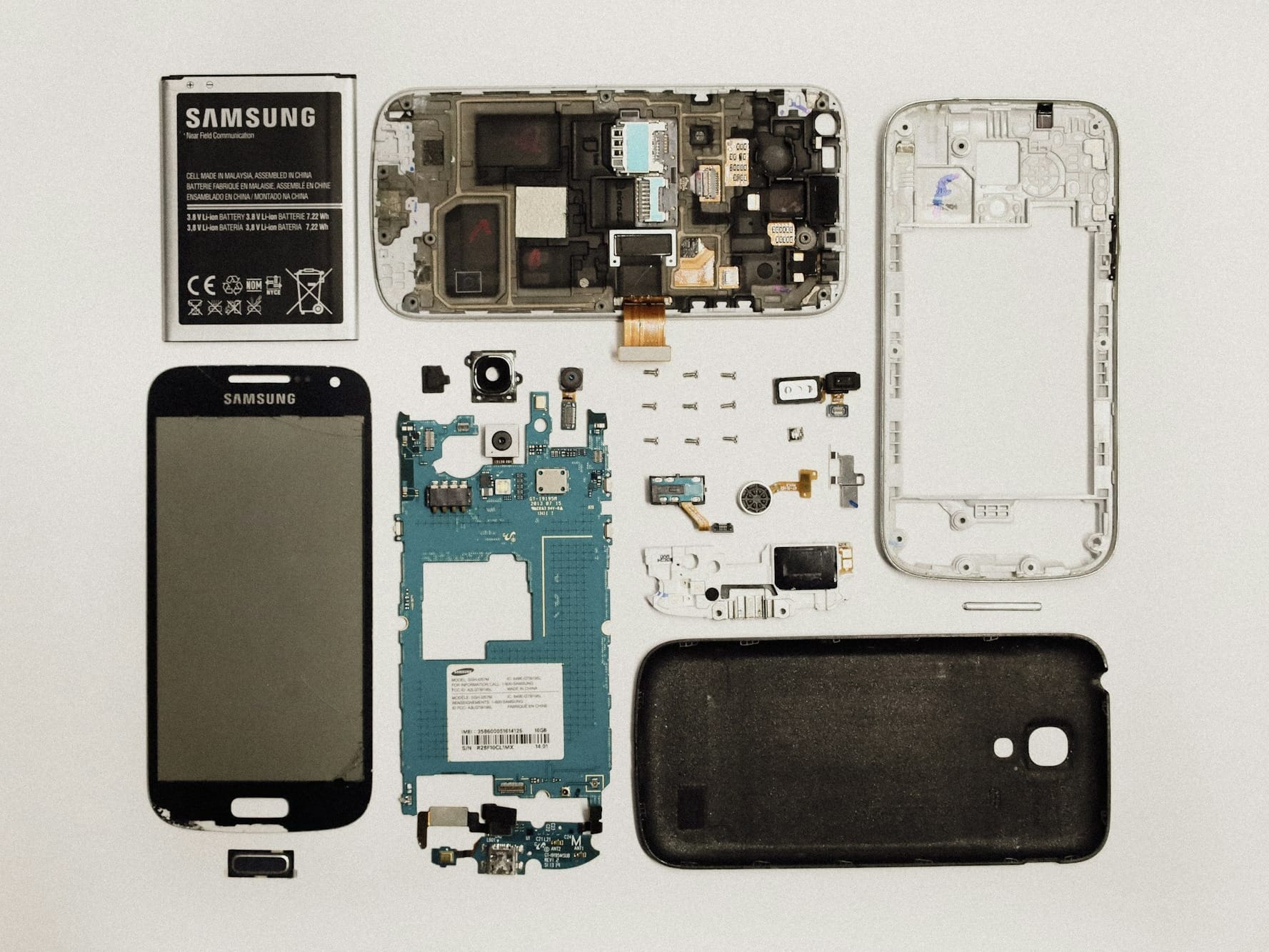
INCREACE
Recyclability Assessment Tool (RAT)
INCREACE is a project aimed at transforming plastic recycling, funded by the Horizon Europe research and innovation program. It includes 19 international partners, such as universities, designers, producers, recyclers, consultants, the Italian WEEE scheme, and a blockchain company.
One of the nine work packages has involved developing a simple and easy-to-use Recyclability Assessment Tool (RAT) for designers and engineers to assess the recyclability of appliances and electronic products based on information about materials, finishes, and assembly processes. A recent webinar provides an introduction to the tool, the rationale behind it, and explains how to get involved.
Via Daniel Liden.
Material Cultures
Material Reform + Woodland Goods Exhibition
London . V&A South Kensington . Until October 31
Material Cultures is a not-for-profit design and research organisation working at the intersection of natural materials, low embodied carbon construction and construction technology. They co-authored Material Reform with Amica Dall in 2022, are the subject of the Woodland Goods Exhibition at the V&A, and have just been featured in the Guardian.
At a time of climate emergency, Material Cultures explores how we can make fuller use of our woodlands, and work with the many materials they have to offer, in a sustainable way. This display presents design and research studio Material Cultures' pioneering experiments with bark, pine needles and natural glues, to demonstrate the qualities of these under-used woodland resources.
The exhibition and Guardian piece highlight their work with cacti, pine needles, sap, bark, moss, limecrete, foamed glass recycled from car windscreens, strocks (unfired clay-rich earth mixed with chopped straw), light earth (a loose mix of straw and clay) and timber frames.
 The GuardianOliver Wainwright
The GuardianOliver Wainwright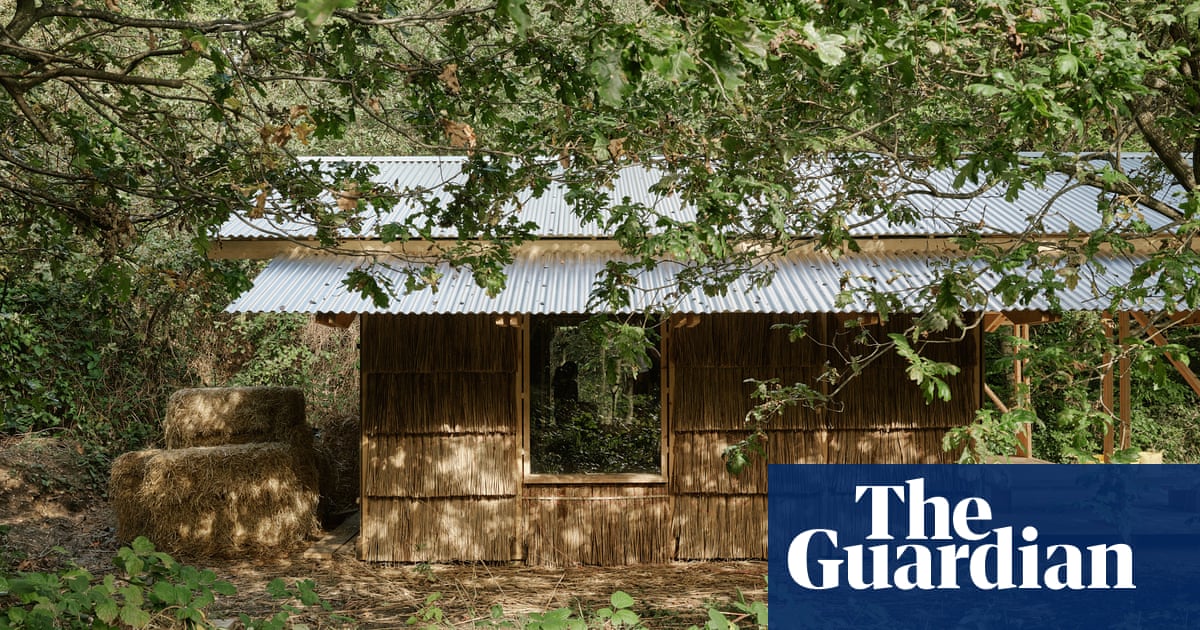
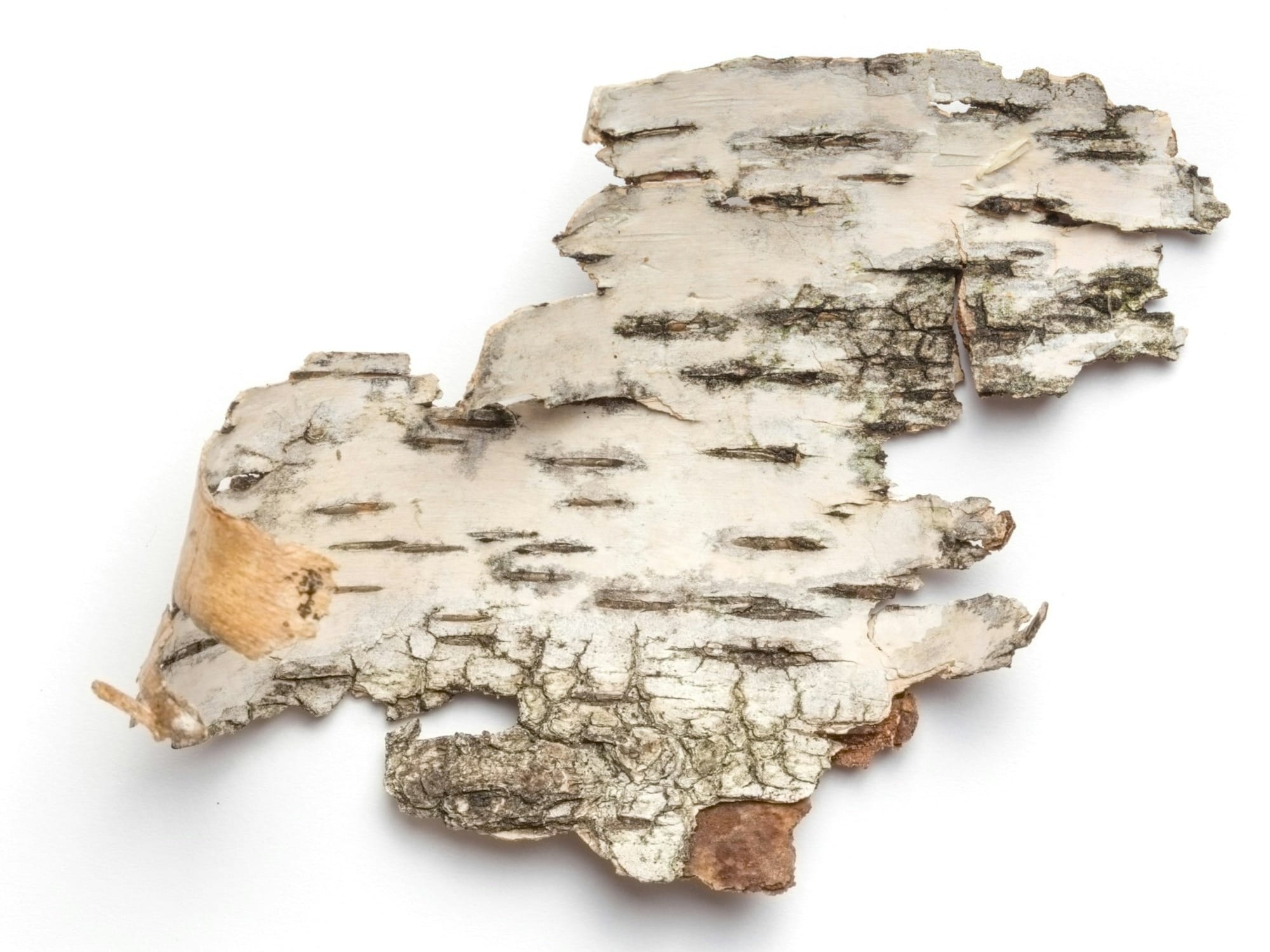
Institute of Making
Materials Library
University College London's Institute of Making has an impressive Materials Library housed between its Bloomsbury and Stratford workshops. The library can be accessed not just during public events but also via the growing digital catalogue. Each material has a unique number and profile, including images, audio or video, stories about its history and uses, sourcing info, and handling guidance.
The Materials Library is a collection of some of the most wondrous materials on earth, gathered from sheds, kitchens, workshops, labs and factories around the world. Our shelves, cabinets and drawers are bursting at the seams with lumps, chunks and jars full of stiff, gloopy, shiny and nanoscopic stuff.
Digital visitors can search the catalogue using various keywords (e.g. edible, auxetic or sonorous), filter for properties (e.g. process, colour, or form), browse existing curations (e.g. bodily materials) and create their own lists.
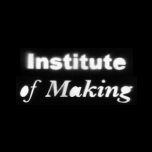 Institute of MakingInstitute of Making
Institute of MakingInstitute of Making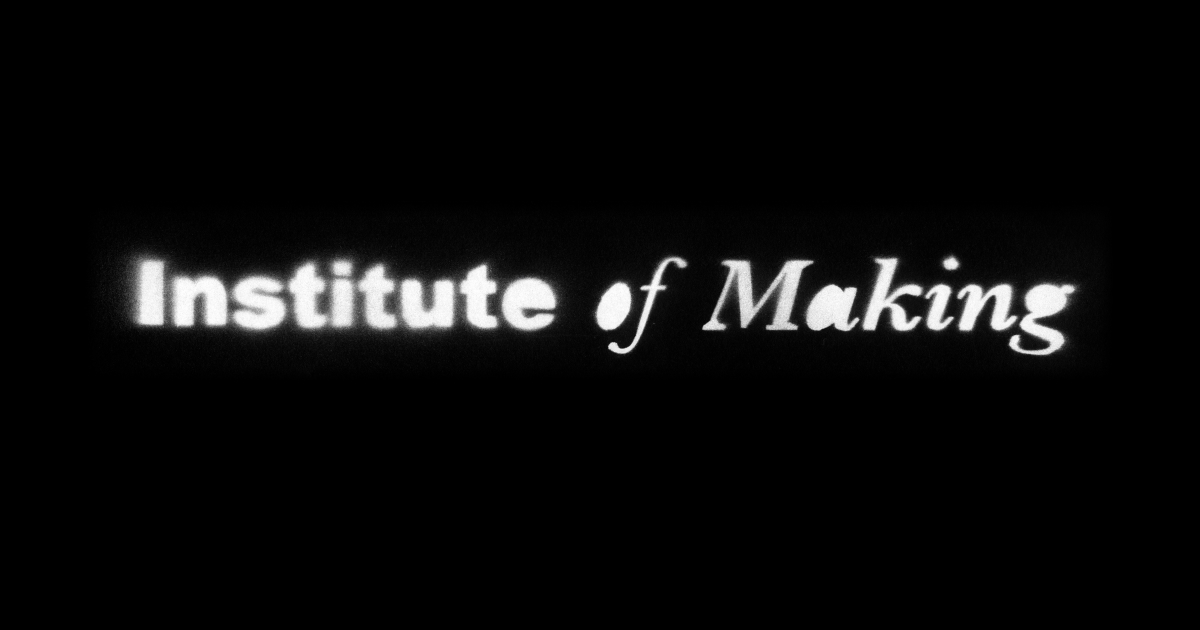
If you read this at urgecollective.com don’t forget you can subscribe to get future editions directly to your inbox.

